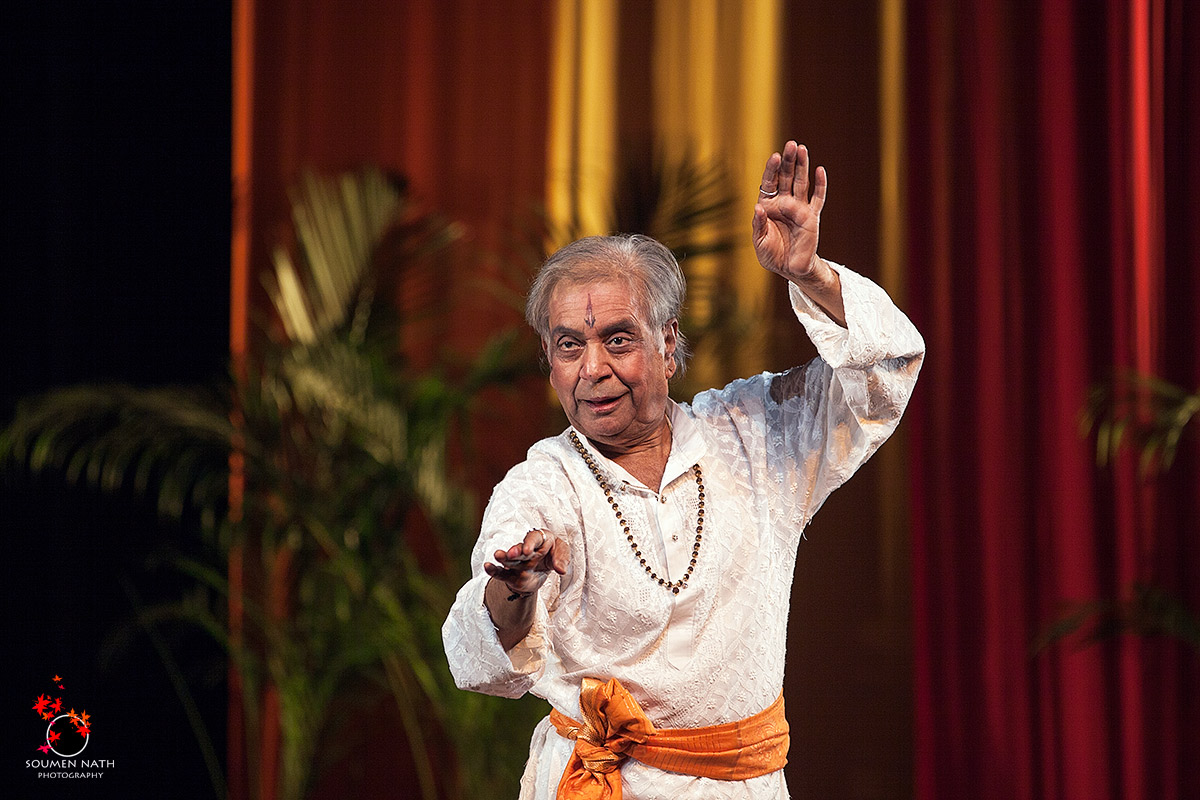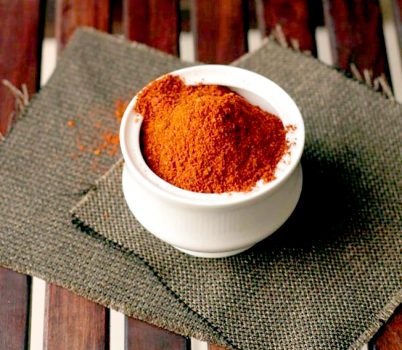Short cultural snippets for an easily digestible India
Art/textile/craft: Ahimsa Silk
India is the largest consumer of silk in the world, as well the world’s second largest producer of the luxury fabric. However, the traditional process of manufacturing silk used in India and elsewhere has long been criticised by animal welfare activists, for the silk fibre is harvested from the cocoon of the silkworm by dissolving the cocoons in boiling water about ten days before the larvae hatch into moths.
Inspired by Hinduism’s universal principle of ahimsa, which translates as ‘non-killing’ or ‘non-violence’, a government official from Andhra Pradesh called Kusuma Rajaiah has come up with a technique that spares the life of the silkworm. The moths are allowed to emerge from their cocoons naturally, before the fibres are extracted. His eco-friendly technique adds many days to the process and yields less fibre, so the cost is inflated to about twice the price of normal silk. At present, ahimsa silk serves a niche market, but the market is growing for the sustainable technique with its non-cruelty appeal, both in India and in the United States and Europe. Ahimsa silk products are spun on handlooms by local weavers. The silk does not have the lustre of regular
silk but is softer and comfortable to wear, is wrinkle-free and has a better draping quality.
Words: Chup!
‘Chup!’ is an exclamation or command understood across India that means ‘be quiet!’ or ‘shut up’. A more polite form is chuppray, which conflates chup with re, the polite form of the informal address ‘dude’ or ‘man’. It must derive from the Hindi verb chupna, meaning to be concealed or hidden, or to disappear, and there are many similar words associated with these connotations: chuppa rustom meaning ‘dark horse’ is one example. Chup was adopted into British army slang in the late 19th century: ‘Keep chup!’ meant ‘keep quiet’, and even now a website of American military slang lists ‘Chup Raho!’ as an insult meaning ‘shut up!’ A Hindi speaker may enquire, ‘Kyu chup hai tum?’ (Why are you silent?)

Name: Pandit Birju Maharaj
Brijmohan Mishra, called Birju, is a leading exponent and choreographer of the Kalka-Bindadin style of Kathak dance that is unique to Lucknow, as well as a Hindustani classical musician and vocalist. He is described as ‘Kathak Personified’, a maestro to whom dance means total concentration and surrender to Krishna, the Lord of Dance. But he is also a modernist, whose choreography is described as bold, intellectual
and refreshing.
Birju was born in 1938 in Lucknow into the Maharaj family. The family is legendary in the world of Kathak, the classical dance form that communicates stories (traditionally the great epics) through dance, songs and music. As a child, Birju secretly watched his father teaching, and so when his time came to be taught, he delighted his father by already knowing the essential compositions and expressions that underlie Kathak. His uncles, both celebrated dancers, helped with his training and he gave his first recital aged seven.
The death of his father when Birju was just nine left the family struggling until they moved to Delhi; and, aged 13, Birju began teaching alongside his uncles, creating his own style that combined the vigorous dance of one and the grace of the other. He resisted moving with his uncles to Bombay to be closer to Bollywood, wanting to concentrate on pure Kathak, but later in life did choreograph dance sequences for films, including Shatranj Ke Khilari, Devdas and Vishwaroopam. He taught at institutions established by India’s National Academy for Music, Dance and Drama until his retirement in 1998, after which he opened his own dance school, Kalashram, which runs an annual Kathak contest. He also travelled extensively, performing at festivals as well as lecturing around the world including in the United States, Europe, Russia and Japan. Birju still performs at the Rashtrapati Bhavan, the official home of India’s President, at special functions.
Pandit Birju Maharaj is the recipient of many accolades over his career, most recently from Filmfare Awards and Tamil Nadu State Film Award for choreography in 2012, 2016, and 2017.

Food and drink: Bottle Masala
The East Indians are a small Catholic community, primarily located along the coastal districts of Mumbai, and their cuisine fuses Goan, Maharashtrian and Portuguese food. Synonymous with East Indian cuisine is ‘Bottle Masala’, a kitchen staple that is used to flavour all East Indian dishes, whether vegetable, fish or meat. Red-orange in colour, it is a rich and earthy blend of up to 30 spices and includes red chillies, cumin, coriander seeds, turmeric, pepper, sesame, poppy, mustard, cloves, cinnamon, fenugreek and star anise, traditionally laid out to dry in the sun and then pounded to a fine powder by hand. The masala is stored in recycled bottles for use throughout the year. Every family has its own special blend and the recipe is a closely guarded secret. It is said that the full recipe is never revealed – one ingredient is always left out on purpose!
